On April 30, 1975, we launched a general attack on the inner city, capturing the designated strategic targets. The Ho Chi Minh Campaign was a complete victory. Saigon and most of the Mekong Delta provinces were liberated.
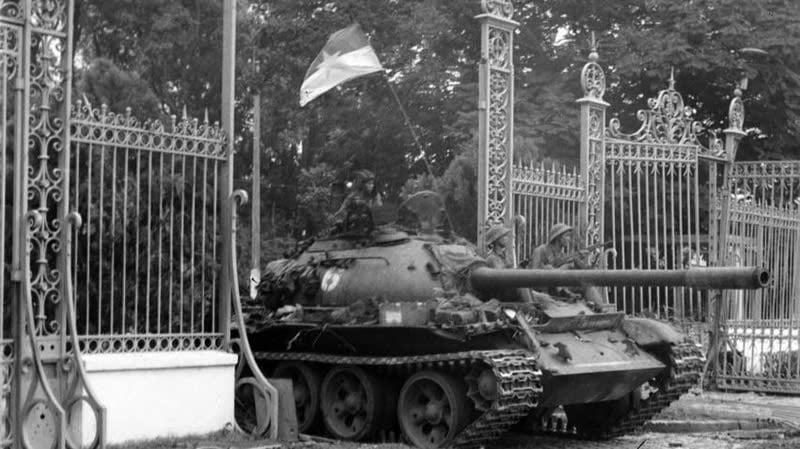
On the morning of April 30, 1975, Martin, the US Ambassador, fled Saigon. At 9:30 a.m., Duong Van Minh announced on Saigon Radio that the Liberation Army should stop attacking "to discuss together the orderly transfer of power."
From 5am, in all directions, our troops, the core of which was the assault force, rushed deep into the inner city of Saigon.
In the northwest direction, at 7:15 a.m. on April 30, 1975, the mortar positions of the 3rd Corps and the 10th Division simultaneously rained fire on Tan Son Nhat Airport and the Saigon Army General Staff. Units from their deployment positions quickly captured the designated targets. The 24th Regiment and a battalion of the 273rd Armored Brigade, guided by commandos, opened fire at 6:30 a.m. to capture Bay Hien Intersection.
At 9:45 a.m., the 24th Regiment and tanks divided into two groups to attack Tan Son Nhat. The first group, Company 5, was the breakthrough unit. Battalion 5 stormed through gate 5, the communication area, and the 5th Air Division Command. The enemy fought back fiercely. Battalions 4 and 6, Regiment 24 followed gate 4 to capture the Airborne Command, Air Force Command, and surrounding targets.
Company 9, Battalion 6 quickly moved to Camp David, where our two military delegations in the Four-Party Joint Commission implementing the Paris Agreement were headquartered. The meeting between the soldiers of Regiment 24 and their comrades in the delegation was extremely touching.
The 6th Battalion continued to develop and capture the Air Force Command of the Republic of Vietnam. At 11:00, Company 11 of the 6th Battalion entered the Air Force Command of the Republic of Vietnam. At 11:30, Regiment 24 completely controlled Tan Son Nhat airport.
Receiving orders to attack the General Staff of the Republic of Vietnam, at 9:30 a.m., the 28th Regiment advanced to Lang Cha Ca and met the 24th Regiment fighting the enemy at gate number 5, immediately maneuvering to the right. The 3rd Battalion, along with the 2nd Tank Battalion and engineering, reconnaissance, and anti-aircraft units, organized a breakthrough into the main gate. The enemy resisted fiercely.
The 28th Regiment divided into two groups, one group attacked the main gate, the other group attacked to the southeast. The 28th Regiment's forces, led by tanks, passed through the main gate and headed straight to the main house of the General Staff of the Republic of Vietnam and took control of the target at 11:30 a.m. on April 30, 1975.
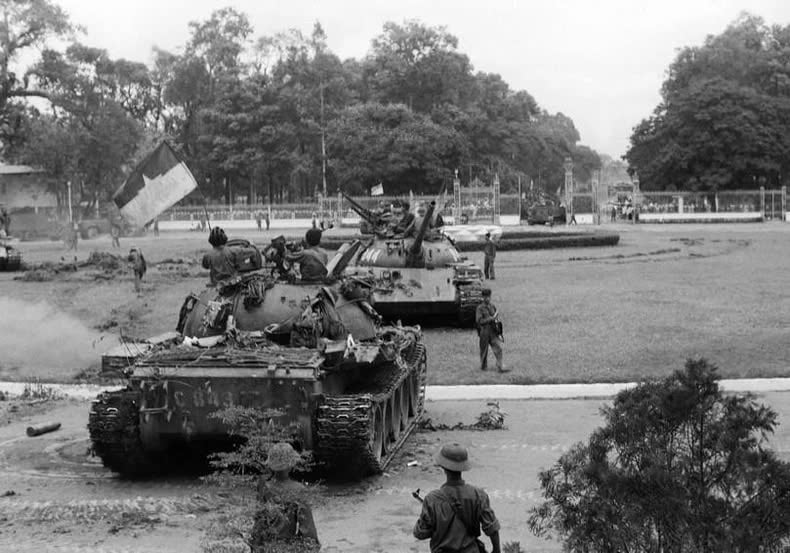
At the same time, soldiers of the 320B Division of the 1st Corps attacked the General Staff of the Republic of Vietnam from another direction, occupied the enemy's multi-storey building, artillery position and helipad near gate number 2, the information area, the first room, the second room, the general logistics department and advanced into the central area, coordinating with the 28th Regiment to occupy and protect the main house of the General Staff of the Republic of Vietnam.
The 64th Regiment of the 320A Division, under orders from the Corps, advanced to the Independence Palace to join friendly units, but did not arrive until 13:00. Then, together with friendly units, they attacked and took control of District 3 and Phu Nhuan District. The 316th and 320th Divisions swept through the enemy and, together with local forces in Tay Ninh , Cu Chi, and Hoc Mon, liberated these localities.
In the north, towards the 1st Corps, the 165th Regiment (312th Division) with 10 supporting tanks and 2 local army companies coordinated to attack Phu Loi base. The 209th Regiment captured An Loi, Cau Tay, My Thach, and Xom Xoai. The 141st Regiment crossed Trang Bang and attacked the enemy in Lai Khe. After that, these forces expanded to Thu Dau Mot, destroyed and disintegrated the 5th Division and all puppet troops, and coordinated with local forces to completely liberate Binh Duong province.
At dawn on April 30, 1975, the 312th Division ordered the 209th Regiment, the 141st Regiment (missing), and reinforced engineering units, supported by a local army battalion, to encircle and block the 5th Infantry Division (missing 1 regiment) of the Republic of Vietnam at the Lai Khe stronghold. Near noon, the enemy at this stronghold raised the white flag to surrender.
Advancing along Highway 13, the 320B Division's deep penetration formation smashed the Lai Thieu military district's defense system, opening wide the last "hard door" in the north to enter Saigon's inner city. At dawn on April 30, the 27th Regiment (320B Division) was reinforced by a 3rd tank company of the 202nd Brigade to attack Binh Phuoc Bridge and the enemy's all-arms command headquarters. When reaching Vinh Binh Bridge, the battle for the bridge was extremely fierce. By 8:30 a.m., the 27th Regiment controlled the bridge, then, guided by local people, captured Binh Phuoc Bridge and the all-arms command headquarters in Go Vap.
The main thrust into the inner city was undertaken by the 48th Regiment (320B Division), which broke through the enemy's defensive line holding Binh Trieu Bridge, and penetrated along Bach Dang and Chi Lang streets to attack the General Staff of the Republic of Vietnam. At the General Staff of the Saigon army, while the 10th Division (3rd Corps) captured gate number 1, the 48th Regiment also captured gate number 2, the computer area, the communications center, and the operations center.
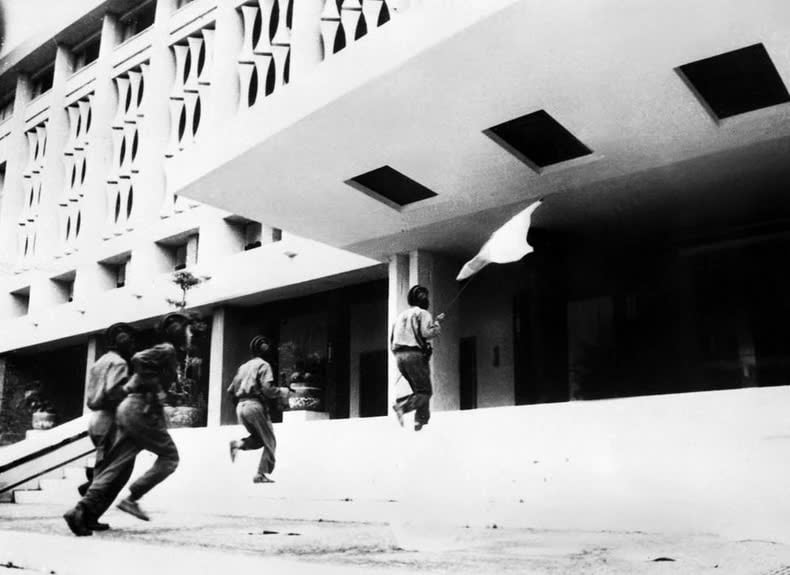
In the west and southwest, the 232nd Division attacked and controlled the Hau Nghia area and both sides of the Vam Co River. After crossing the river, the 9th Division advanced in two directions. The first direction, the 1st Regiment, destroyed the paratrooper battalion at the Ba Queo intersection, occupied the Vinh Loc sub-region, then attacked and crushed the enemy at the Bay Hien intersection and developed along Le Van Duyet Street, captured and controlled the Command Headquarters of the Capital Special Zone of the Republic of Vietnam at 10:30. Next, another direction advanced to the meeting point at the Independence Palace.
The second spearhead, the 3rd Regiment, destroyed the 8th Regiment Command Post and the 88th Ranger Battalion on the Korean belt line, defeated the 327th Security Battalion in southern Vinh Loc, then attacked the 317th Security Battalion's outpost, destroyed Ba Hom sub-region, captured the Phu Tho racetrack, and a part advanced to the meeting point at the Independence Palace.
At 5:30 a.m. on April 30, 1975, Regiment 24 and special forces attacked and destroyed the enemy at Dinh Hung Dong intersection, then occupied Nhi Thien Duong bridge and Chu Y bridge; at 10:30 a.m., the Regiment captured the National Police Command Headquarters and sent a unit to the meeting point at the Independence Palace. Special forces units quickly organized forces to attack, at 8:00 a.m. they occupied Tan Binh district; at 10:00 a.m. they occupied Binh Chanh district; and at 12:00 p.m. they occupied the Sac Forest Special Zone.
From 5:30 to 8:00, Regiment 88 attacked and destroyed the Ba Phuoc post and sub-region, then developed the attack to control Ong Thin post, An Phu intersection, Nha Be area. Regiment 16 captured the Western Port area, An Lac, Binh Dien, then a part developed into the inner city.
From 5:00 to 12:00 on April 30, the 5th Division attacked, destroyed and forced the entire 22nd Division and the special forces regiments to surrender. After that, the Division and local forces captured Tan An town and Thu Thua sub-region.
In the east, from 7:00 to 9:00 on April 30, 1975, Division 6 (Corps 4) coordinated with Regiment 3 (Division 341) to occupy the Command Post of the 3rd Corps of the Republic of Vietnam. At 11:00, they took control of the Command Post of the 3rd Air Force Division and Bien Hoa airport.
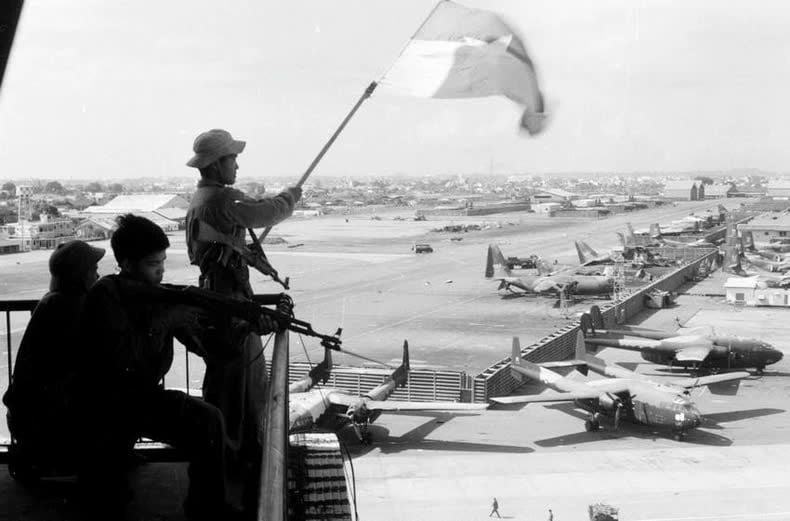
At 9:00 a.m. on April 30, 1975, Division 341 captured Hoc Ba Thuc, and at 1:00 p.m. moved to Thu Duc.
At 10:30 a.m., Regiment 209 captured the 18th Division Headquarters and the special forces area, then advanced into Saigon's inner city. At 11:00 a.m., Battalion 7, Regiment 3, along with 6 tanks, crossed Ghenh Bridge and advanced, and by 4:30 p.m., entered Saigon.
At 9:00 a.m. on April 30, 1975, the 7th Division organized a formation to enter Saigon along the highway, capturing the assigned targets such as the Marine Corps Command, the naval base, the Ministry of Defense of the Republic of Vietnam, Bach Dang port... Advancing behind the 7th Division formation, the 52nd Brigade attacked and controlled the assigned targets in District 10.
In the southeast direction, at dawn on April 30, 1975, having just finished dealing with the Xa Lo bridge area across the Dong Nai River, the 2nd Corps Command immediately ordered the mechanized assault force to quickly attack Thu Duc, Saigon.
Division 304 (2nd Corps) after capturing Long Binh, controlled Saigon Highway, attacked Tan Cang. At 13:30, Division 325 crossed the river to capture District 9, Thu Thiem. Division 3 (5th Military Region) controlled Vung Tau and with the help of local people, organized to cross the river, captured Can Gio.
At 5:00 a.m. on April 30, 1975, the penetrating troops (203rd Tank Brigade and 66th Regiment) led by 116th Special Forces Regiment crossed Bien Hoa Bridge, bypassed the enemy blockade at Thu Duc intersection, and reached Rach Chiec Bridge at 9:00 a.m.
At 9:00 a.m. on April 30, 1975, the spearhead penetrated Saigon Bridge, destroyed the enemy's resistance nests at Hang Xanh and Thi Nghe Bridge, and advanced toward the Independence Palace. At 10:30 a.m., guided by the special forces, the 4th Company of the 203rd Tank Brigade, commanded by Captain Bui Quang Than, led the spearhead formation to break down the door and enter the Independence Palace. The leading unit of the 66th Infantry Regiment (2nd Corps) and a special forces squad advanced, forcing President Duong Van Minh and the entire Saigon government cabinet to surrender. At 11:30 a.m., the liberation flag flew on the roof of the Independence Palace, signaling the complete victory of the Ho Chi Minh Campaign.
After more than 3 days and nights of fierce and rapid fighting, we captured 5 main targets and also on April 30, 1975, we controlled all military, political and economic targets in Saigon city.
On the same day, April 30, 1975, our forces in the provinces of the Mekong Delta continued to coordinate with the masses to attack and rise up simultaneously to seize power. Especially after receiving the news that Saigon had been liberated and the enemy army had collapsed, most of the districts and provinces in the Mekong Delta carried out the liberation of their localities very quickly. On April 30, 1975, the people and armed forces of the provinces of Can Tho, Go Cong, My Tho, Vinh Long, Tra Vinh, Soc Trang, Bac Lieu, Rach Gia, Sa Dec, and Long An combined to attack and rise up to liberate themselves.
In Can Tho, Military Region 9 used the 4th Division to successively capture Tra Noc airport, the 4th Air Force Division Command of the Republic of Vietnam, then advanced into the city center, capturing: the 4th Military Region Command base of the Republic of Vietnam, the airport, the port, the warehouse, units of the Navy Command of the Republic of Vietnam... At the same time, local armed forces and city commandos coordinated with the revolutionary masses to rise up and take control of important positions in the city. Can Tho city was liberated on the night of April 30, 1975.
In Tra Vinh, on the morning of April 30, 1975, from many directions, the provincial armed forces entered the town, coordinated with local forces and people to disarm and force the security battalions 404 and 407 to surrender, and hunted down the villains. By noon, Tra Vinh was completely liberated.
In Vinh Long, on the morning of April 30, 1975, armed units of the region and the province simultaneously attacked and occupied the town as planned. The enemy stubbornly used artillery to block and fought to the death at the outposts on the outskirts of the town. At 3:00 p.m. on April 30, 1975, the armed forces coordinated with the mass political forces to occupy the airport, destroyed the civil defense posts, and forced the sub-regions to surrender. By the afternoon of April 30, 1975, Vinh Long was liberated.
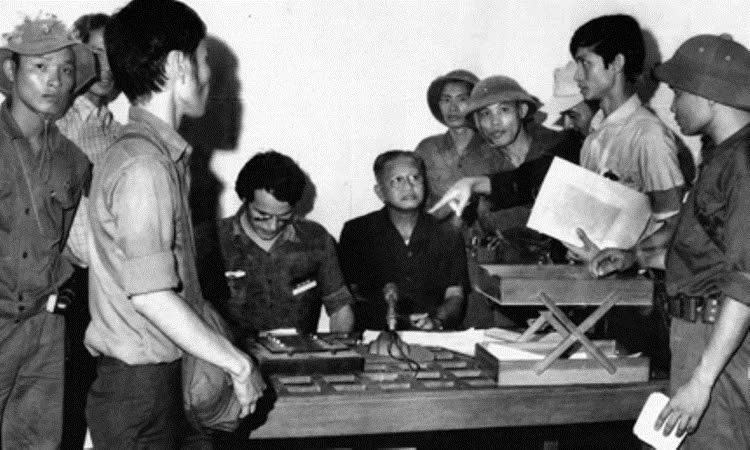
In Soc Trang, on the night of April 29, 1975, our main and local forces simultaneously attacked Soc Trang town. Armed forces combined with the uprising mass forces to occupy important targets in the town such as: An Hoa bridge, Nam Ong pagoda, police station, provincial governor's residence, Hoang Dieu area, Ly Thuong Kiet camp, airport... The enemy fought back fiercely. By 2:00 p.m. on April 30, 1975, the town and most localities in Soc Trang were completely liberated.
In Bac Lieu, due to the good work of the military campaign in the past, on the morning of April 30, 1975, our cadres planted the front flag on the car and drove straight to the Governor's Palace. On the streets, the masses responded and gathered in front of the administrative building, forcing the Governor to declare the handover of power to the revolution at 11:30.
In Ha Tien, at 5:30 p.m. on April 30, 1975, armed forces combined with the masses to attack and rise up to completely liberate Ha Tien town and Kien Luong town.
On the same day, April 30, 1975, the Politburo sent a telegram “warmly praising the army and people of Saigon-Gia Dinh, praising all cadres and soldiers, party members and union members, belonging to the main army units, local army units, elite army units, and militia and self-defense forces who fought extremely bravely, achieved brilliant feats, destroyed and disintegrated large enemy forces, forced the Saigon puppet government to surrender unconditionally, liberated Saigon-Gia Dinh city, and brought the historic campaign named after the great Uncle Ho to complete victory”.
NDO
Source: https://baohanam.com.vn/chinh-tri/ngay-30-4-1975-chien-dich-ho-chi-minh-toan-thang-160470.html


![[Photo] Prime Minister Pham Minh Chinh receives Rabbi Yoav Ben Tzur, Israeli Minister of Labor](https://vphoto.vietnam.vn/thumb/1200x675/vietnam/resource/IMAGE/2025/5/21/511bf6664512413ca5a275cbf3fb2f65)

![[Photo] Prime Minister Pham Minh Chinh receives the President of Asia-Pacific region of PowerChina Group](https://vphoto.vietnam.vn/thumb/1200x675/vietnam/resource/IMAGE/2025/5/21/0f4f3c2f997b4fdaa44b60aaac103d91)
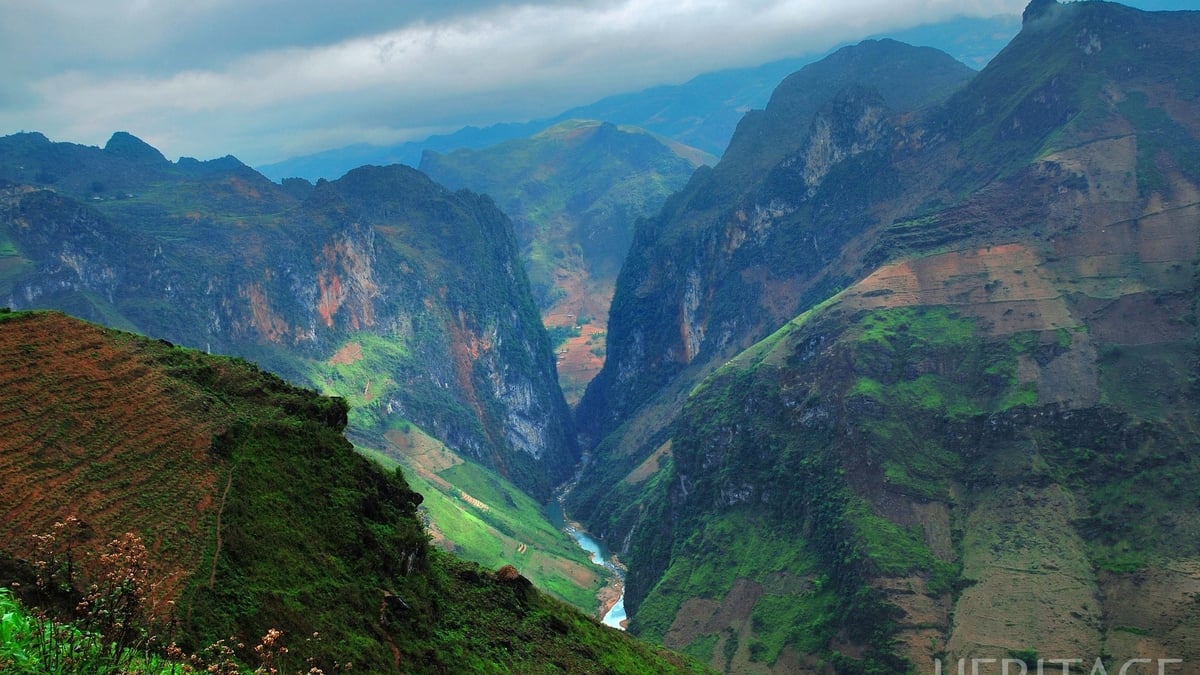
![[Photo] Scientific workshop "Building a socialist model associated with socialist people in Hai Phong city in the period of 2025-2030 and the following years"](https://vphoto.vietnam.vn/thumb/1200x675/vietnam/resource/IMAGE/2025/5/21/5098e06c813243b1bf5670f9dc20ad0a)
![[Photo] Coming to Son La, let's "show off" with the Wallflowers](https://vphoto.vietnam.vn/thumb/1200x675/vietnam/resource/IMAGE/2025/5/21/627a654c41fc4e1a95f3e1c353d0426d)
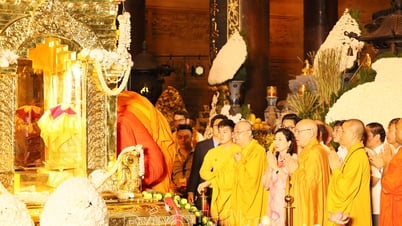

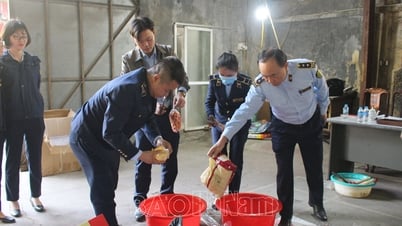
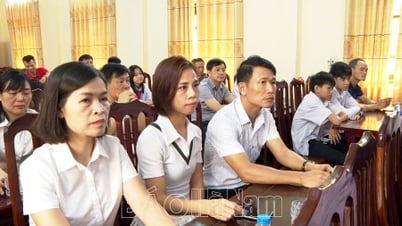
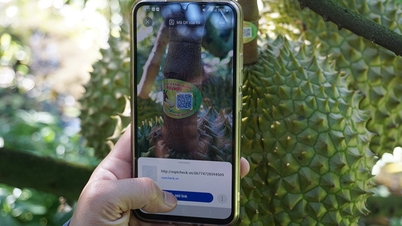
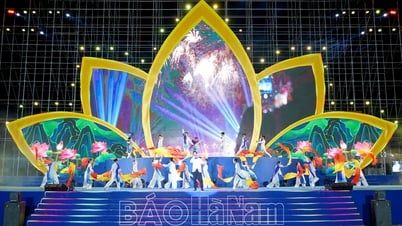
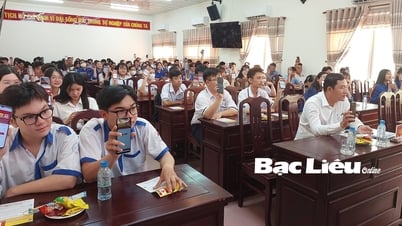




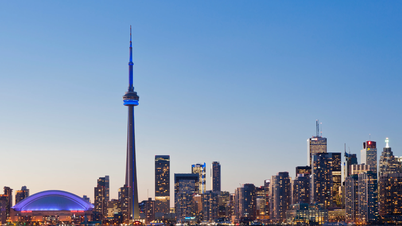

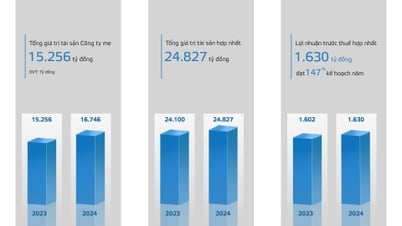
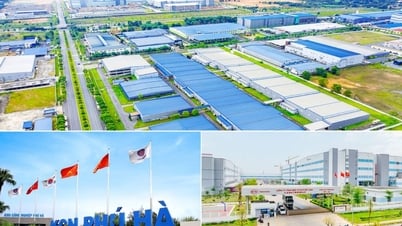





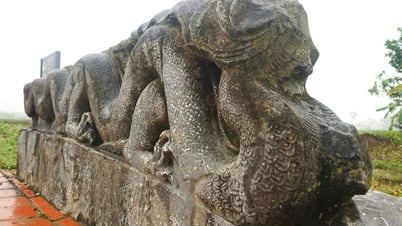

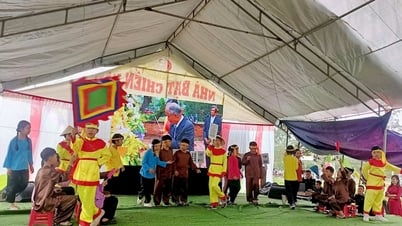



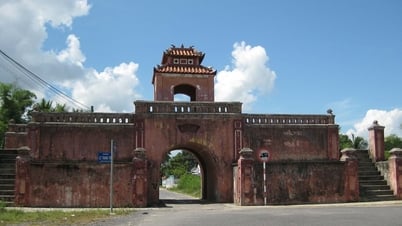





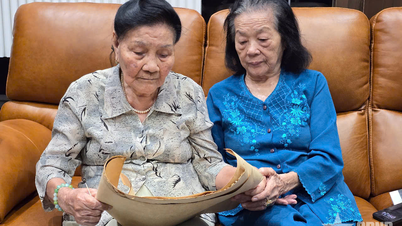





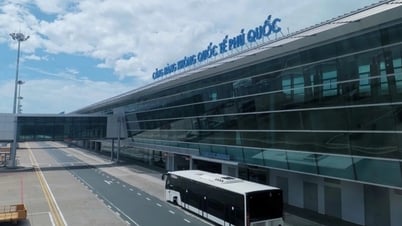

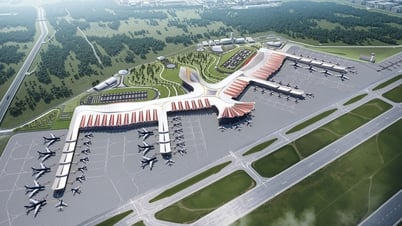
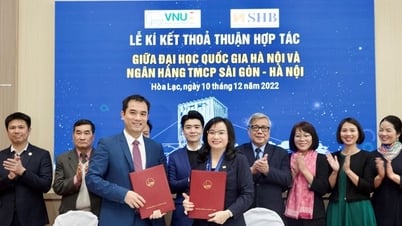




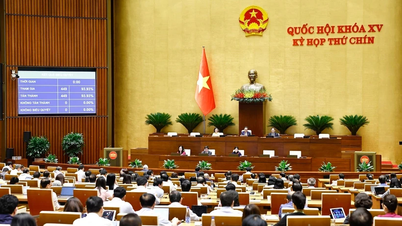

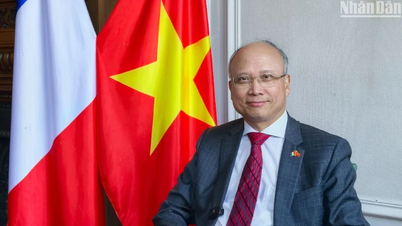



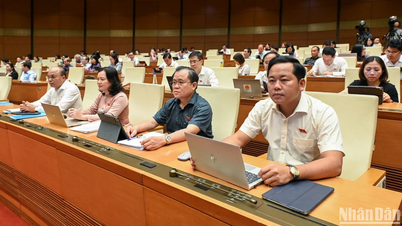
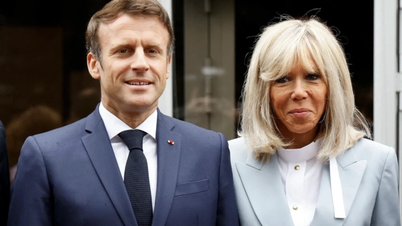
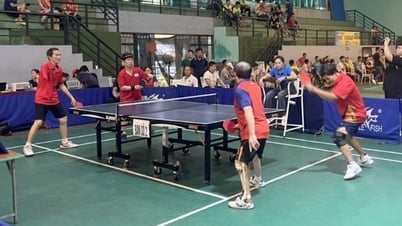

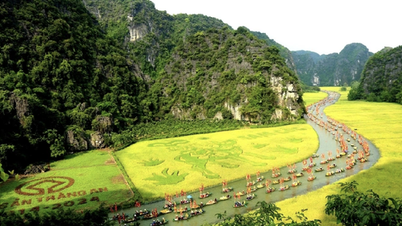
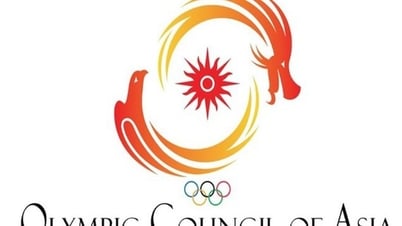


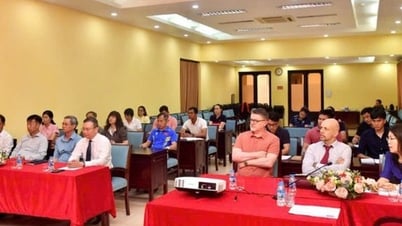


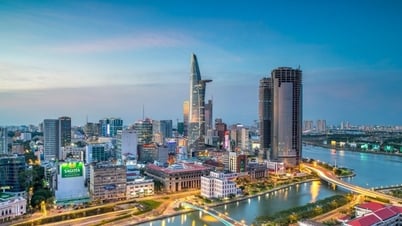


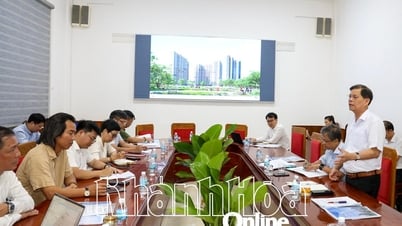

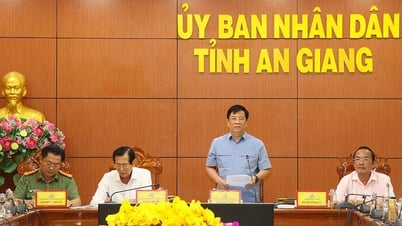

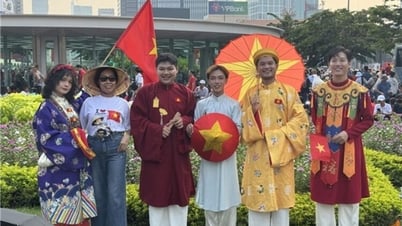











Comment (0)